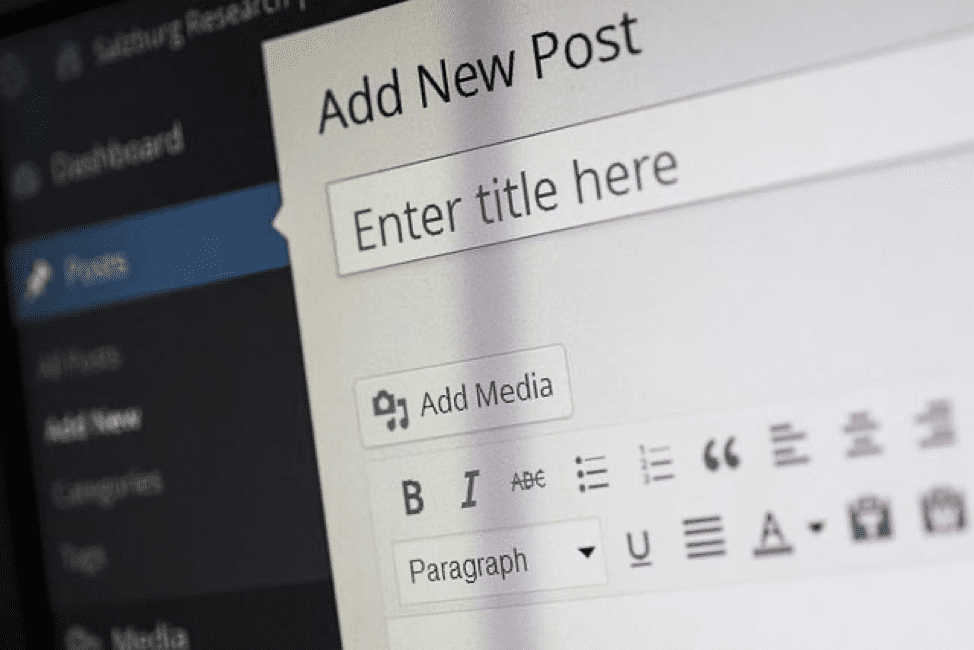Long-form content is good for business. You see, long-form content, when created right, can make you look like an authority. And when your target audience knows they can come to your website for insider information, they’ll share your content more. The result?
On top of that, you’ll increase your brand’s reach. All of that works to your business’ benefit and can potentially boost your bottom line.
So, What is Long-Form Content?

Long-form content is any piece of writing 1,000 to 7,500 words long.
Why would you want to write such a long article? Well, because it allows you to dive deep into a subject. This way, you can showcase your expertise on the matter and position yourself as a thought leader.
As easy as it sounds, writing long-form content takes a lot of work. You have to find a topic, research, get real facts and do the actual writing. And then there’s the formatting bit.
Sure, you can leverage AI writing tools to speed up the process these days. A writing tool like Jasper AI, for instance, can churn out whooping 100,000 words per month!
Sounds pretty amazing, right? It sure does, but that’s just one piece of the puzzle solved.
What follows is a rundown of rules you must follow to ensure your long-form content is actionable, accessible, and understandable.
How to Write Long-form Content
Apart from following grammar rules, there are strategies that can help you write digestible and useful long-form content.
1. Obey the Three-Sentence Rule
Writing long-form content means breaking down your text into many paragraphs.
Still, that doesn’t imply having long, incomprehensible paragraphs. To optimize your article for readability, you must keep your paragraphs short.
Unless you have a good reason to add more words, your paragraphs shouldn’t be more than three sentences.
You can, for instance, add more words if the paragraph necessitates the use of rhetorical questions.
Check out the text below.
Is the paragraph relevant to your target audience? Is your choice of words communicating effectively? How can you make the paragraph more digestible? Is your formatting style helping increase readability?
Notice how the paragraph contains a string of rhetorical questions. In such an instance, it’s alright to bypass the three-sentence rule.
2. Use H2s, H3s, and H4s

Headers are crucial to helping you break down long-form content.
And the beauty of it is that most writings, including Google Docs, Mycroft Word, and WordPress, offer headers.
Why headers? To help guide the audience through the main ideas of your write-up.
Notice how we’ve broken this piece into H1, H2, and H3.
“The Ins and Outs of Long-form Content” is the main idea of this piece, so we made it H1.
The items below this title are broken down into H2 and H3 to support the main idea. You can already tell the thought process of this article by glancing at the header even without reading the entire piece.
Headers make it easy for your audience to navigate long-form content.
Pro Tip: Plan and write down your headers in advance to help you piece together your post effectively.
3. Organize Your Thoughts
As a rule of thumb, long-form content must flow in a way that makes sense, from top to bottom.
So, make sure you re-read your piece before hitting “publish” for everyone else to read.
One of the best ways to ensure your content follows a logical format is to let it sit for a few hours before editing.
Because writing long-form content can be exhausting, it makes perfect sense to take a break before re-reading.
You can, for instance, consider editing your pieces in the morning when your brain is still “fresh.”
You don’t want to confuse your readers, so make sure your formatting is on point as well.
4. Make the “Takeaway” of Each Section Clear

Keeping your readers engaged throughout a 7,000-piece article can be challenging.
So, you should organize your content to motivate the reader to continue reading.
You can achieve this by making every paragraph count. Cut the fluff. You don’t have to include unnecessary information if it isn’t helpful to the reader.
The more you veer off the main point, the easier it is for the reader to get distracted. And in a world where the human attention span is shorter than that of a goldfish, you’ll want to keep your reader compelled.
To keep your audience interested, get to the point quickly. Also, end each section with your readers should care.
5. Use a Conversational Tone
There’s nothing wrong with being formal. But to keep the reader interested, you should consider loosening up a little bit.
Many people will not read your long-form content to the tail end of your article if the language is overly technical.
So, unless you’re writing an academic journal, you shouldn’t use complicated language to come across as an expert.
Focus on in-depth research and generate thoughtful, actionable pieces that your target audience will care to read.
People love to read articles they can easily understand and digest. And being too formal can drive your readers away. Besides, formal language can, at times, prevent you from communicating effectively with the reader.
6. Make the Into Engaging

The first step to making your target audience read your articles is to hook them up with an engaging introduction.
You start with a question or stat that triggers the reader to find out more. Or, you can outline what your article will cover to give the reader a reason to move from one heading to another.
When you perfect the art of creating engaging intros, getting more out of your content becomes easier, whether it’s social shares or conversions.
A clever header can also help you attract readers. You only need to make sure that the text that follows below the header is engaging enough.
You don’t want readers to accuse you of clickbait headers, do you?
7. Use Visuals
Apart from using short sentences and “white space” to improve readability, you should also include vibrant visuals to engage readers.
You can use infographics, for example, to communicate with your reader and break long sections of text at the same time. In fact, infographics are the fourth most commonly used content marketing media.
Photos, videos, and illustrations can help your readers get more out of your content. If you are looking for a slightly different strategy, you can use screenshots, anchor text, and blockquotes.
The Bottom Line
Long-form content can generate impressive returns for your business. You only need to know how to optimize your pieces for maximum engagement.
So, don’t be afraid to generate long-form content. Stick to these seven rules, and you’ll be alright. Have fun!
